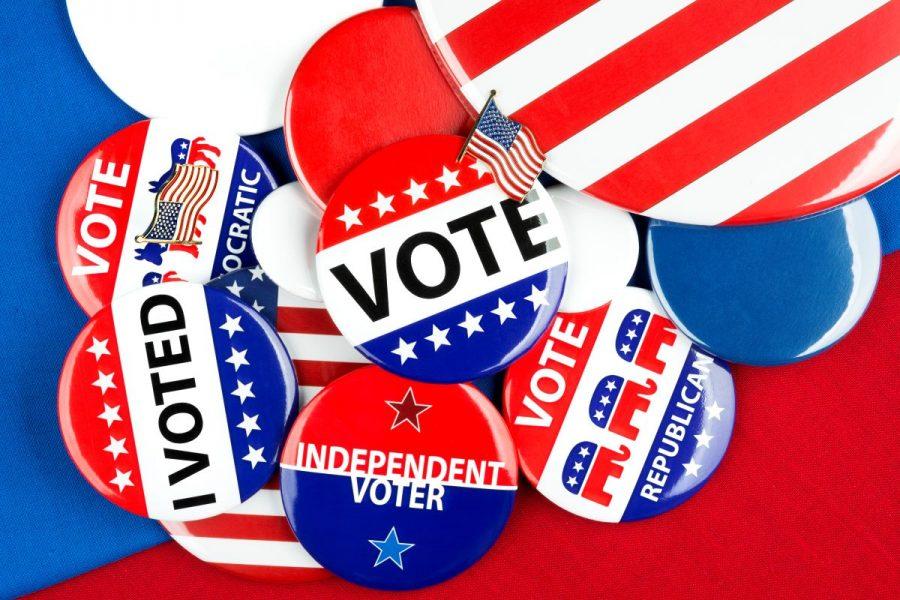Definition and Purpose
From the 1989-1990 school year to the 2018-2019 school year, average tuition doubled at public two-year and private non-profit four-year institutions after accounting for inflation. Additionally, fees have since tripled at public four-year colleges. Some believe the high costs prevent those without much money from getting a higher education. As a result, there has been a debate over how to aid students.
 Politicians like Bernie Sanders and Elizabeth Warren seek free tuition at four-year public universities for all American citizens, as well as clearing many citizens’ student debt. Others, like Sen. Joe Biden, argue that only two years of community college or trade school should be paid for, and some believe that there shouldn’t be any level of free college.
Politicians like Bernie Sanders and Elizabeth Warren seek free tuition at four-year public universities for all American citizens, as well as clearing many citizens’ student debt. Others, like Sen. Joe Biden, argue that only two years of community college or trade school should be paid for, and some believe that there shouldn’t be any level of free college.
Opponents of these policies contend enacting the plans would cost a colossal amount of money. In fact, it would take at least $79 Billion out of the government’s budget every year to pay for every American’s college tuition and fees. In addition, free college could have flaws such as providing aid to higher income citizens, who don’t necessarily need it.
A Brief History
The Higher Education Act of 1965 was one of the first steps toward making a college education more accessible to the average American. Signed by President Lyndon B. Johnson, the law increased the amount of money given to colleges, issued low-interest loans to students and created scholarship programs available to many different people. In addition, the act aimed “to strengthen the educational resources of our colleges and universities and to provide financial assistance for students in postsecondary and higher education,” according to President Johnson. The Middle Income Student Assistance Act of 1978 opened subsidized loans to all undergraduate students no matter their income.
The Controversy
For Free College
|
Against Free College
|
Sanders’ key points in his plan are:
- “Guarantee tuition and debt-free public colleges, universities, historically black colleges and universities (HBCUs), minority-servingInstitutions and trade-schools to all.”
- “Cancel all student loan debt for the some 45 million Americans who owe about $1.6 trillion and place a cap on student loan interest rates going forward at 1.88%.”
- “Invest $1.3 billion every year in private, non-profit HBCUs and minority-serving institutions.”
- “End equity gaps in higher education attainment, and ensure students are able to cover non-tuition costs of attending school by: expanding Pell Grants to cover non-tuition and fee costs, tripling funding for the Work-Study Program, and more.”
In addition Sanders plans to cover housing for low income students with Pell Grants, which are endowments provided to students in financial need in order to pay for college. He plans to pay for this by taxing Wall Street. , “It works by placing a 0.5% tax on stock trades – $0.50 on every $100 of stock – a 0.1% fee on bond trades, and a 0.005% fee on derivative trades,” according to his official website. This money would pay off all student loan debt and the college expenses of American citizens.
Elizabeth Warren has similar goals but a different means of payment. She suggests an ultra-millionaire tax that would only apply to households with a networth of $50 million or above. According to her website, “Households would pay an annual 2% tax on every dollar of net worth above $50 million and a 6% tax on every dollar of net worth above $1 billion.” Her website estimated a revenue of 3.75 trillion, but didn’t provide a source.
Others, such as Joe Biden, offer less progressive proposals. In Biden’s higher education plan, the U.S. would provide two free years of community college or other higher education such as trade school. In regards to student debt, Biden suggests the federal government pays off $10,000 per year for those with public service jobs. People who make less than $25,000 dollars per year would owe nothing on their undergraduate federal loans.



























































































